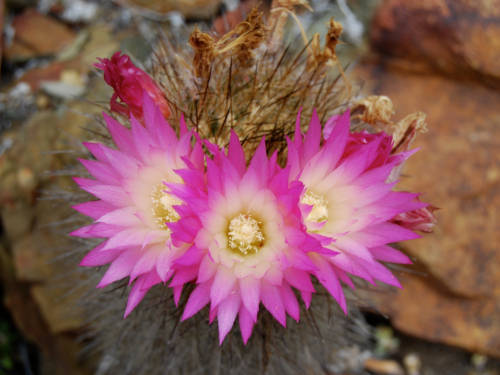River subbasins more depleted than
official figures show
09 April 2024
Published online 5 October 2015
Cacti may not have high water demands, but they are still among the most threatened groups of plants in the world.

© Pablo C. Guerrero
The likelihood of extinction among plant species remains poorly understood, with only 19,374 of an estimated 300,000 species having been evaluated. Cacti are a culturally significant group, distributed primarily in the arid environments of the Americas, with a long history of human use for ornamental horticulture, food and medicine. Despite the pressures these regions face, they have not attracted the conservation attention associated with other environments, such as tropical forests.
Barbara Goettsch and colleagues determined the risk of extinction of 1,478 of the 1,480 species of extant cacti. They find that cacti are the fifth most threatened taxonomic group of plants assessed to date. The greatest numbers of threatened species are found in southern Rio Grande do Sul, Brazil, and in northern Artigas, Uruguay. The most significant threats facing cacti are the appropriation of land for agriculture and aquaculture, the collection of cacti as biological resources, and residential and commercial development.
The authors suggest that their study demonstrates that global species assessments can be undertaken for major plant taxa (groups) with relatively moderate resources.
doi:10.1038/nmiddleeast.2015.176
Stay connected: